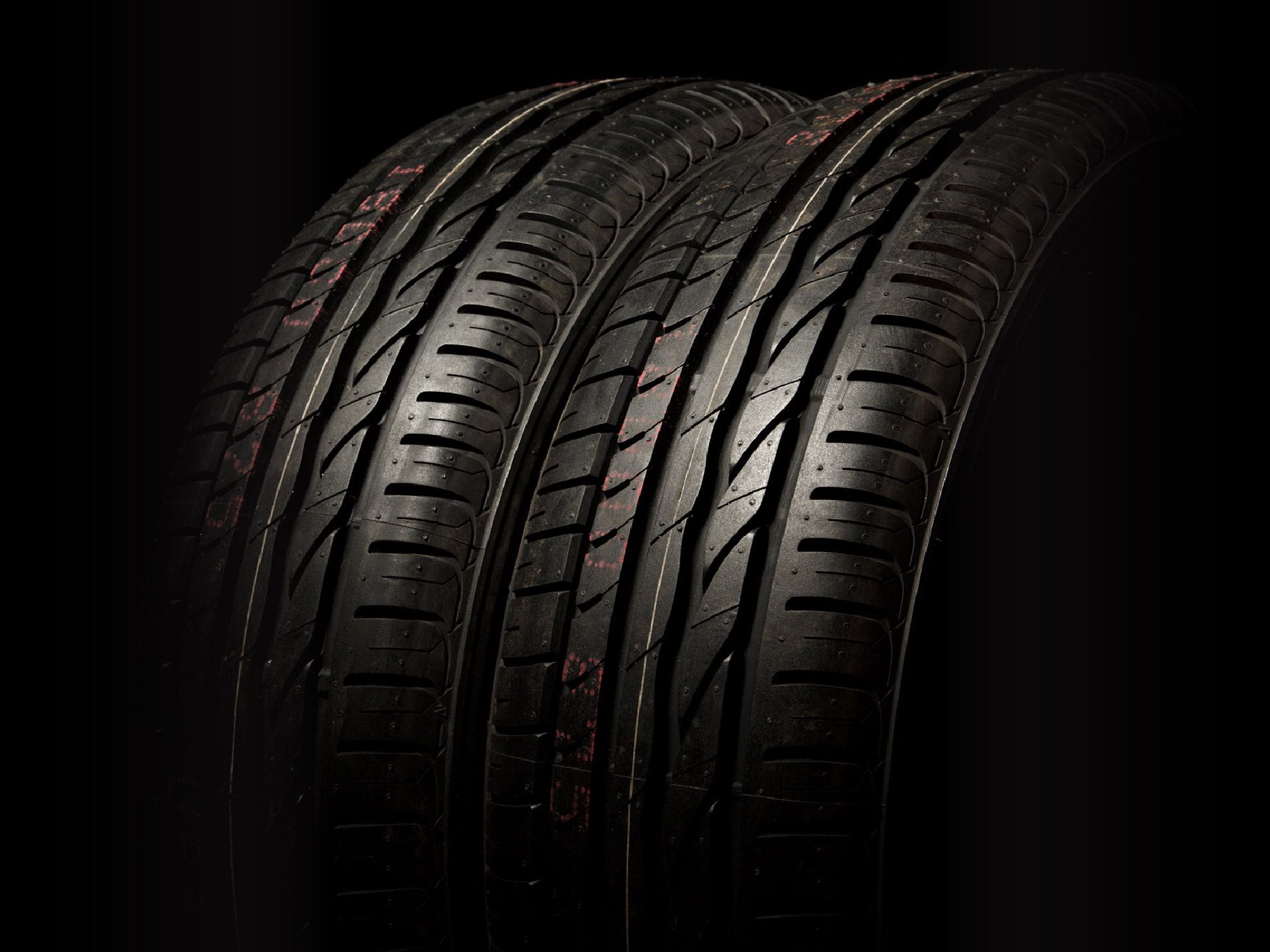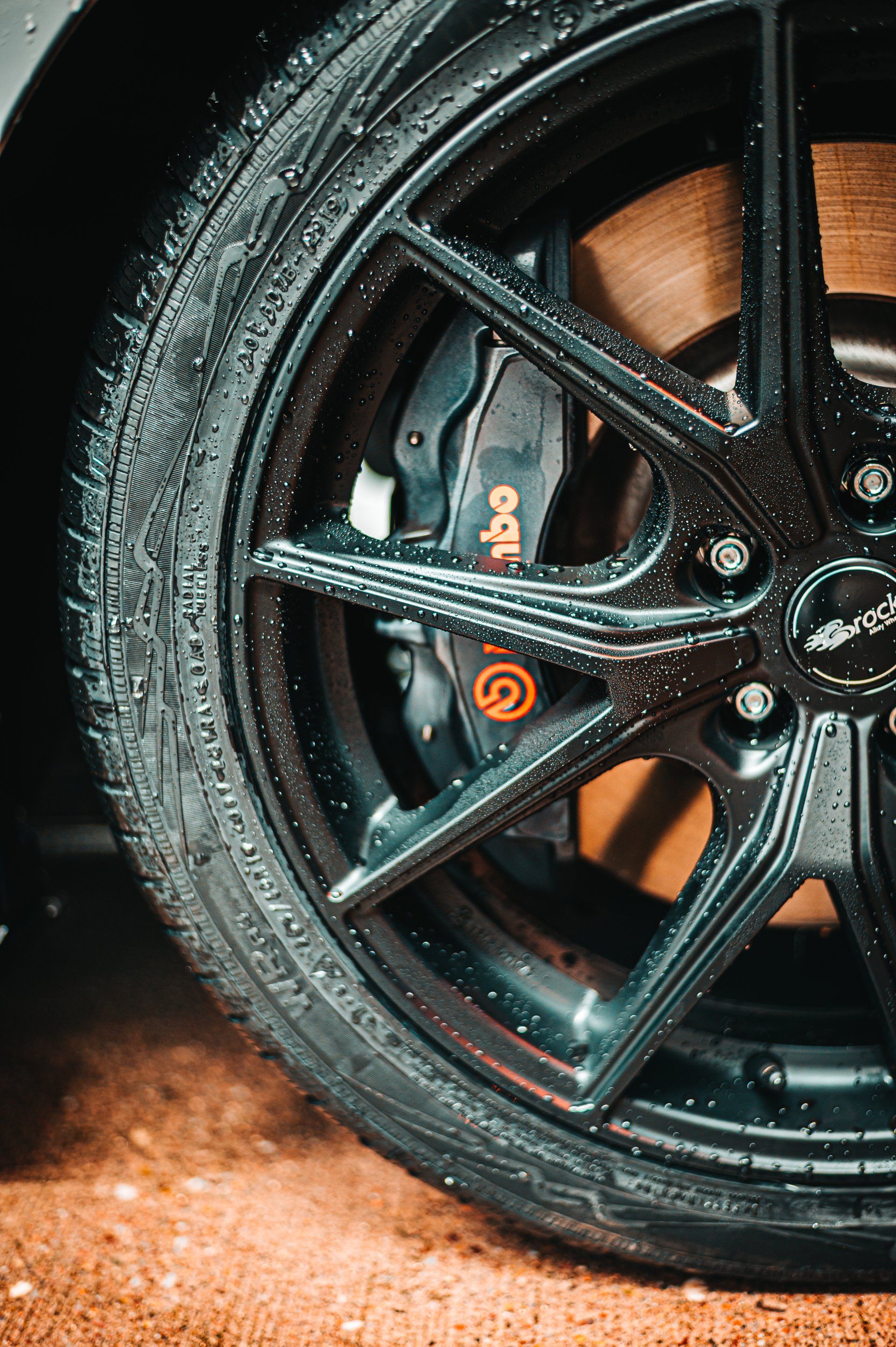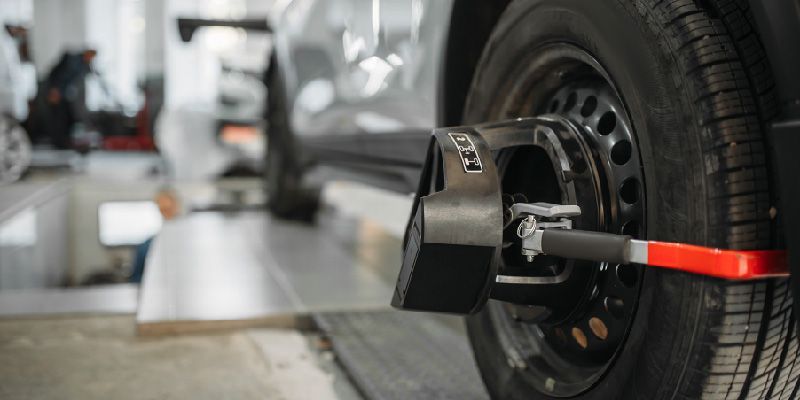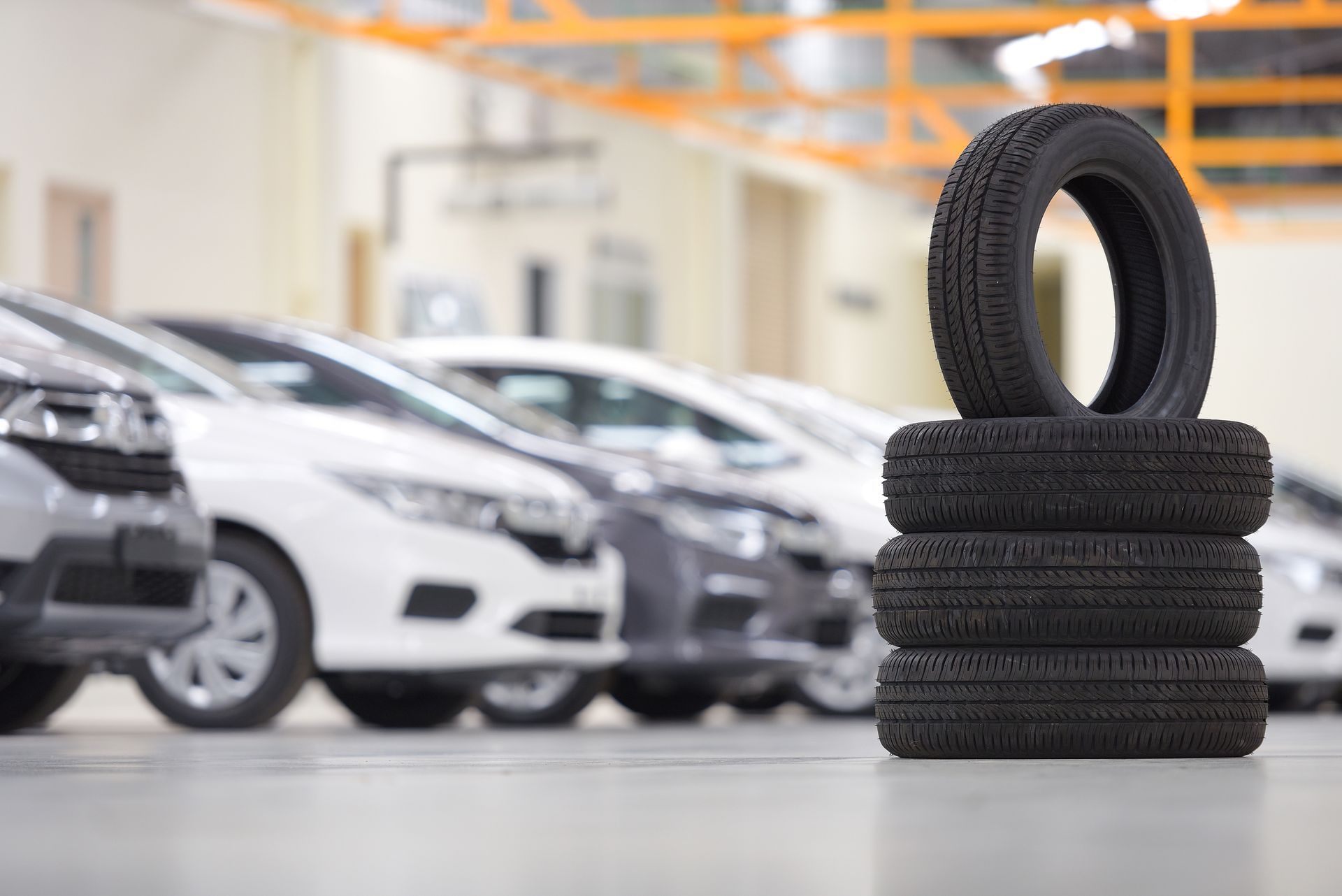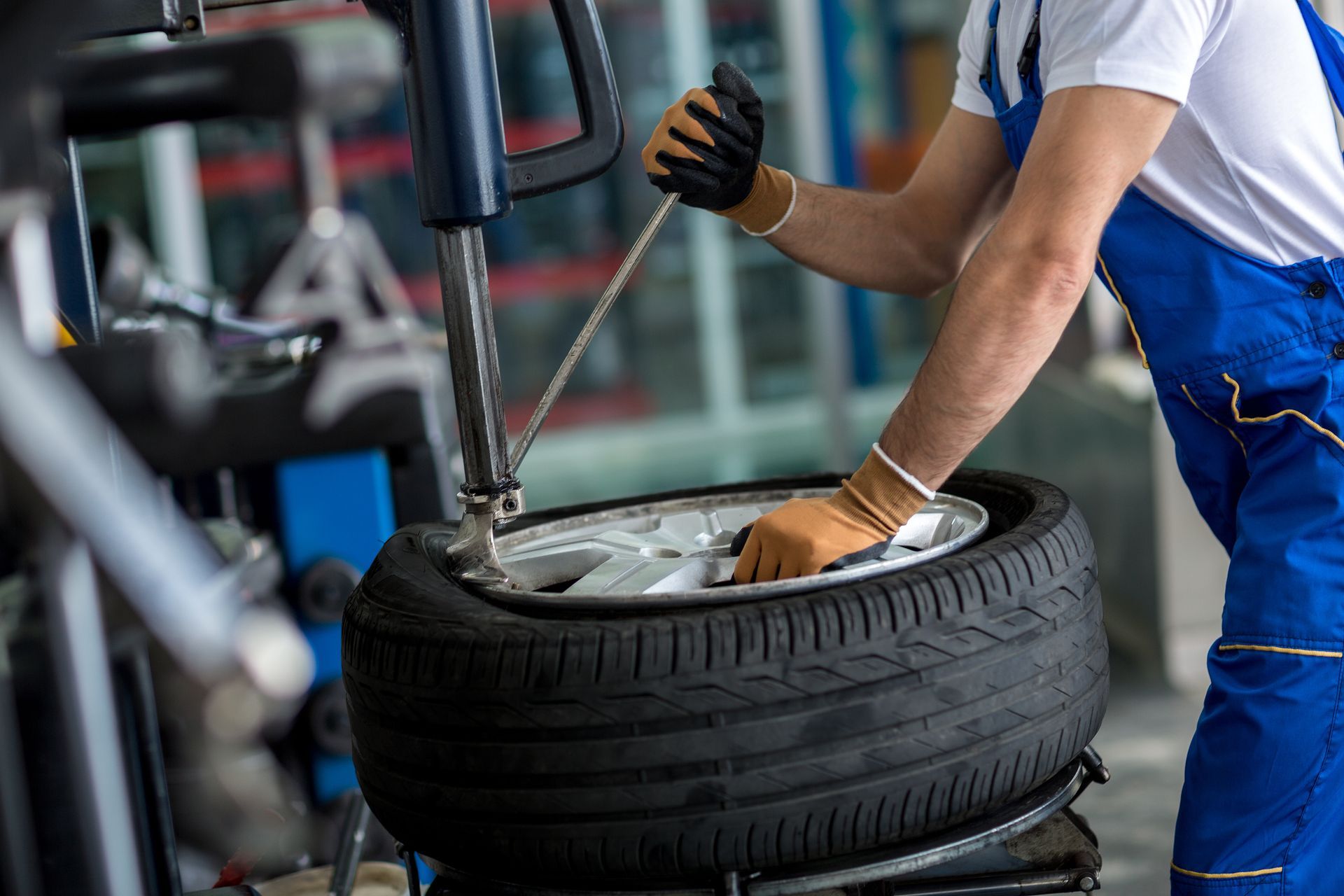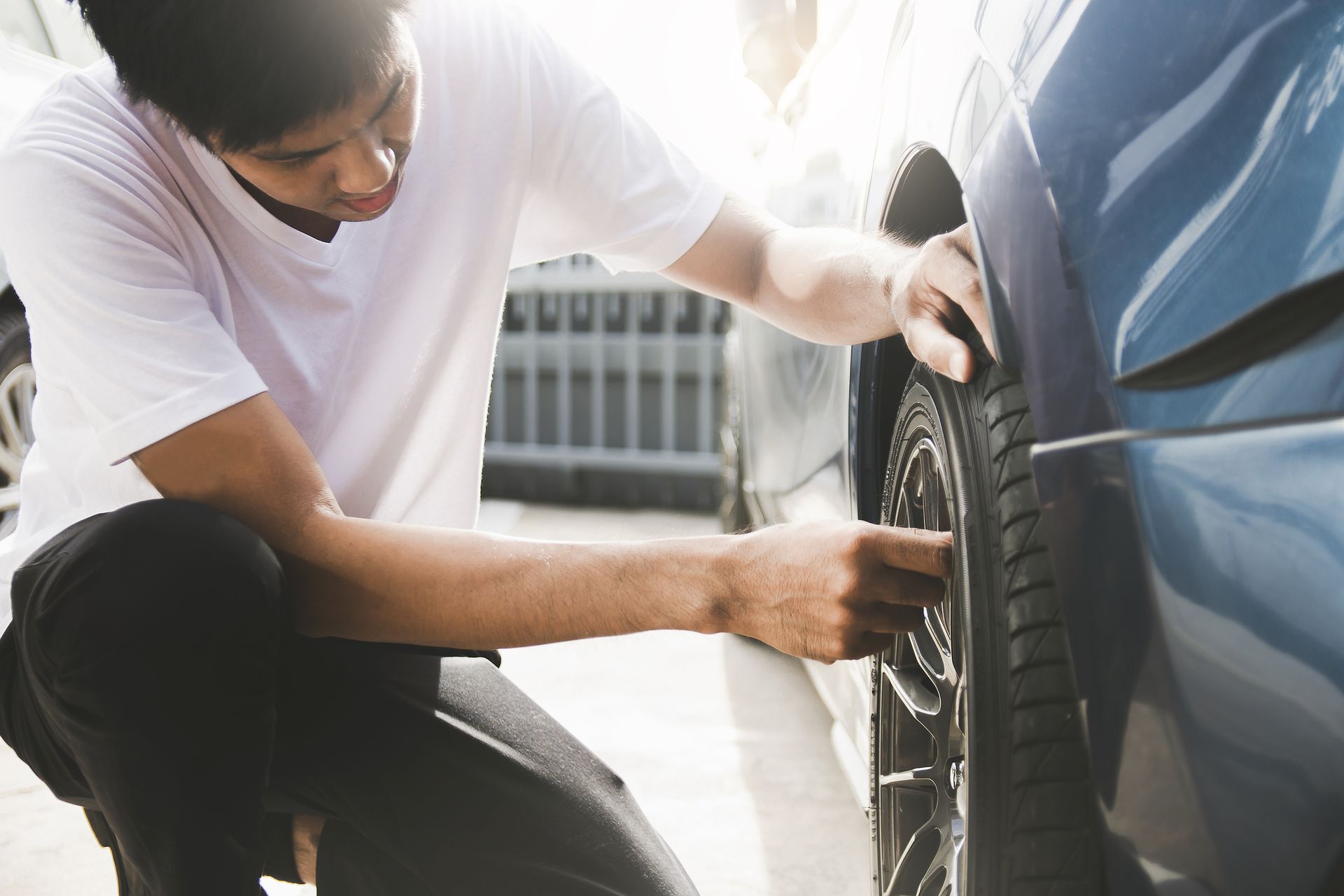How Often Should I get a Wheel Alignment?
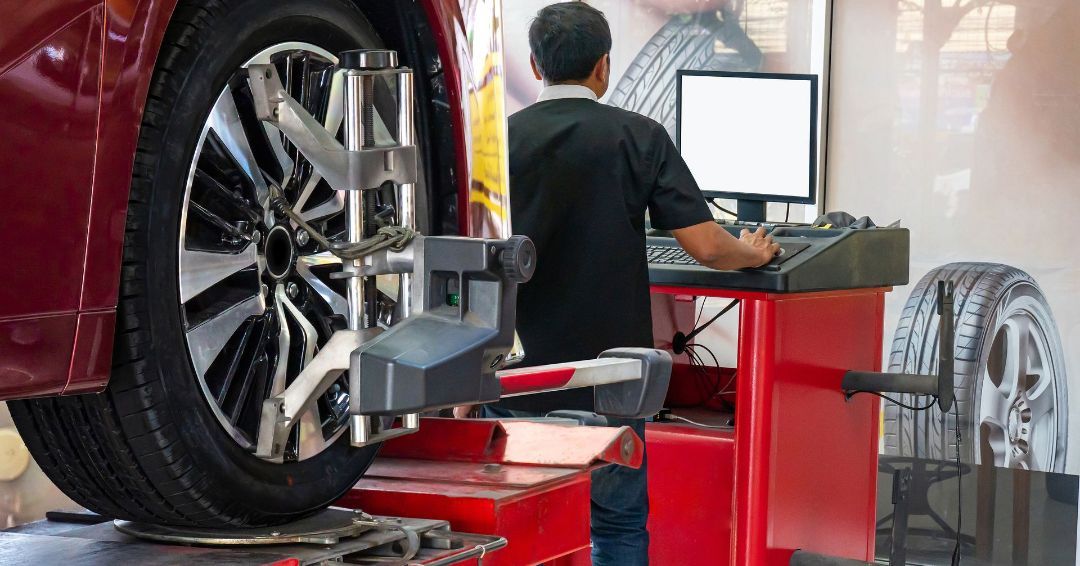
Maintaining your vehicle is crucial for its longevity and your safety. One aspect often overlooked is wheel alignment.
Wheel alignment is a key part of vehicle maintenance. It ensures your tires are angled correctly, relative to each other and the road.
But how often should you get a wheel alignment? Is there a set wheel alignment frequency? These are common questions among vehicle owners.
This article aims to answer these questions. We'll delve into the importance of wheel alignment, its frequency, and the signs indicating the need for one.
Whether you're an automotive enthusiast or a regular driver, this guide will be beneficial. It will help you understand your vehicle better and ensure its optimal performance.
So, let's dive in and explore the world of wheel alignment.
Understanding Wheel Alignment
Wheel alignment, also known as tire alignment, is a process that adjusts your vehicle's suspension. It's not about adjusting the tires or wheels themselves, but the angles that affect their contact with the road.
Proper alignment ensures your tires meet the road at the right angle, your wheels are pointing straight, and your tires are centered in the wheel wells. It's about creating the optimal connection between your vehicle and the road, enhancing safety, and improving driving performance.
The Importance of Regular Wheel Alignment
Regular wheel alignment is crucial for maintaining your vehicle's performance and safety. It helps ensure your tires wear evenly, which can extend their lifespan and save you money in the long run.
Proper alignment also improves your vehicle's handling, making it easier to steer and preventing your car from pulling to one side. Here are some key benefits of regular wheel alignment:
- Prolongs tire lifespan
- Improves fuel efficiency
- Enhances vehicle safety
- Provides smoother driving
- Reduces auto repair costs
Recommended Wheel Alignment Frequency
So, how often should you get a wheel alignment? Most vehicle manufacturers recommend getting a wheel alignment every two to three years. However, this can vary depending on your driving habits and the conditions of the roads you frequently travel on.
If you often drive on rough or uneven roads, or if you've recently hit a significant pothole, you may need to get your wheels aligned more frequently. This is because such conditions can knock your wheels out of alignment, leading to uneven tire wear and other issues.
Remember, these are general guidelines. Always refer to your vehicle's owner's manual for specific recommendations. If you notice any signs of misalignment, such as uneven tire wear or your car pulling to one side, it's best to get your wheels aligned as soon as possible.
Factors Affecting Wheel Alignment
Several factors can affect your vehicle's wheel alignment. Driving habits and road conditions are among the most common. If you frequently drive on rough or uneven roads, or if you often hit potholes or curbs, your wheels may get knocked out of alignment more quickly.
In addition, accidents can also cause misalignment. Even a minor fender bender can be enough to throw your wheels off. Therefore, it's always a good idea to have your alignment checked after any type of collision, no matter how minor it may seem.
Signs You Need a Wheel Alignment
Recognizing the signs that your vehicle needs a wheel alignment can save you from unnecessary tire wear and potential safety issues. One of the most common signs is uneven tread wear. If you notice that your tires are wearing down more on one side than the other, it's likely that your wheels are out of alignment.
Another sign is if your steering wheel is off-center when you're driving straight. This means that if you're driving on a straight road and your steering wheel isn't centered, your wheels may be misaligned.
Here are a few more signs to watch out for:
- Your vehicle pulls to one side while driving
- Your steering wheel vibrates or shakes
- You've recently hit a pothole or curb
- Your tires are squealing
If you notice any of these signs, it's best to get your vehicle checked by a professional.
Wheel Alignment vs. Tire Balance
Wheel alignment and tire balance are two different, but equally important, aspects of vehicle maintenance. Wheel alignment involves adjusting the angles of the wheels so they are parallel to each other and perpendicular to the ground. This ensures that your vehicle handles correctly and your tires wear evenly.
On the other hand, tire balancing compensates for weight imbalances in the tire and wheel assembly. It's not about adjusting angles, but rather making sure the weight of the tire is evenly distributed around the axle. Both wheel alignment and tire balance are crucial for a smooth ride and long-lasting tires.
The Process of Wheel Alignment
The process of wheel alignment involves several steps. First, a technician will place your vehicle on an alignment rack and use computerized equipment to measure the alignment angles of your wheels. These angles are compared to the specifications provided by the vehicle manufacturer.
If the measurements reveal that the wheels are not aligned according to the manufacturer's specifications, the technician will adjust the angles to bring them back into alignment. This process requires precision and expertise, which is why it's best left to professionals.
Maintaining Your Vehicle's Alignment
Maintaining proper wheel alignment is not just about getting your wheels aligned regularly. It also involves taking care of your vehicle to prevent misalignment. This includes driving carefully to avoid hitting potholes and curbs, which can knock your wheels out of alignment.
Here are some tips to help maintain your vehicle's alignment:
- Avoid driving over potholes and speed bumps at high speeds.
- Do not hit curbs when parking.
- Check your tire pressure regularly, as under-inflated or over-inflated tires can affect alignment.
- Get your vehicle's suspension and steering systems checked regularly.
- Always get a wheel alignment check after an accident, no matter how minor.
FAQs on Wheel Alignment Frequency
Many drivers have questions about wheel alignment frequency. Some wonder if it's necessary to align wheels every time they change tires. Others ask if all four wheels need alignment or just the front ones. We'll address these common queries and more in our FAQ section below.
Conclusion: Key Takeaways on Wheel Alignment Frequency
In conclusion, regular wheel alignment is crucial for vehicle safety, tire longevity, and optimal driving performance. It's recommended to align your wheels every 2-3 years, or as specified by your vehicle manufacturer. Always be alert for signs of misalignment, such as uneven tire wear or an off-center steering wheel.
